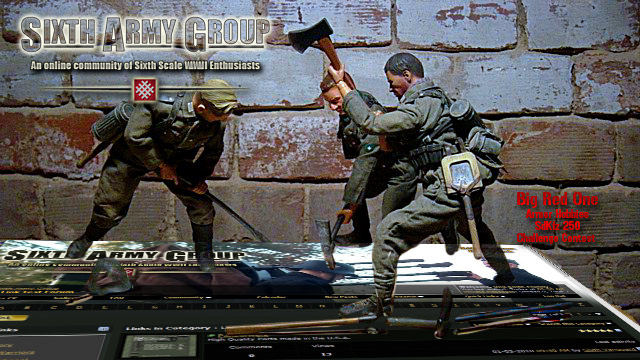-
Pardon the dust while the boys rebuild the site.
The board will be in a state of disarray as I get things sorted out, for a little while at least.
The new incarnation is using Xenforo as the system software. It is much like what we are used to, with a few differences. I will see about making a FAQ to help point out the differences for the members.
One IMPORTANT difference for all of us old timers is that the 'mail' system is replaced with what are called 'conversations'/
There is no 'Inbox' or 'Out box' or 'Sent' folders anymore.
Think of Conversations as private 'threads' or topics that don't exist in a forum, that you start with another member. NOTE: Conversations can include more than one member if you or someone else in the conversaion, likes.
Takes a little getting used to but I am sure you all can get a hang of it.Only a slightly modified default default Xenforo style is available for now. Once the new SAG style is ready it will be available.
All existing users should be able to login with their usernames and passwords once the site goes up.
If anyone has difficulties logging in please contact me at sixthvanguard@gmail.com.
Thank you for your support and patience. I know it has been a loooong road.
Looking for a good helmet weathering tutorial
- Thread starter Ssgtbear
- Start date

